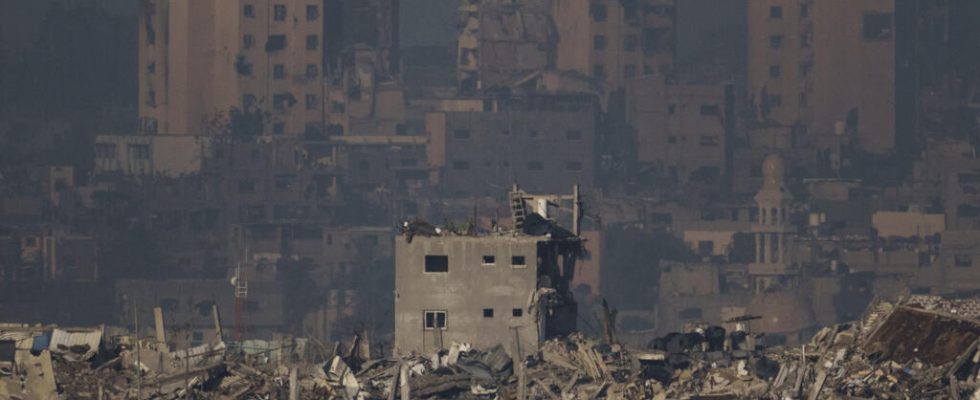On Friday, the media +972 Magazine and Local Call published an investigation into the use of artificial intelligence by the Israeli army to define the targets of its strikes on Gaza. UN Secretary-General Antonio Guterres said he was very concerned by these reports. The two media outlets rely on the testimonies of six Israeli intelligence officers. Interview with Joe Dyke from the NGO Airwars specializing in the identification of civilian victims of airstrikes to better understand what these revelations imply.
4 mins
RFI: The two media outlets behind this investigation had already mentioned the use of artificial intelligence by the Israeli army in a previous article. What new features does this publication bring?
Joe Dyke: First of all, I would like to point out that we have not been able to independently verify the information revealed by this investigation. The author of this investigation appears to have serious sources, but it must still be noted that the Israelis deny having recourse to a system artificial intelligence to identify these targets. That being said, there are two main points to make. First, the article reveals the use of artificial intelligence to carry out mass surveillance of the population of Gaza and to automatically assess whether someone is a potential Hamas member or not.
Read alsoIsrael announces it has recovered the body of a hostage in Gaza
These targets are then communicated. For example, the information may say: “This phone is potentially that of a member of Hamas.” It transmits a probability percentage. The Israeli army then makes the decision whether to fire or not. But according to the article, once someone is identified as an activist, the only human verification is whether the person has a male voice, nothing more.
This brings us to the second point that concerns our organization more: the rules of engagement. There is a set number of civilian deaths considered acceptable for killing a Hamas member depending on their rank level. The article speaks for example of 15 to 20 civilians “licensed” to kill for a “junior” member of Hamas. This number is extremely high. It is the accumulation of these two points which implies disastrous consequences for civilians.
Have you observed any concrete consequences on the ground?
We have already documented 3,000 cases in which at least one civilian was injured or killed throughout the six months of war. We have never seen so many strikes and so many civilian victims per strike. Before October 7, as before the start of any war, the Israelis must have had a certain number of targets. But it was necessarily insufficient to maintain the level of intensity of the strikes. It was therefore necessary to identify new targets as quickly as possible. In this specific case, Israel would therefore have resorted to artificial intelligence.
Read alsoIsrael-Hamas war: “Hope for peace is very far away”
Normally, there should be a human verification afterwards, but the criticism made by this investigation is precisely that there is not sufficient human verification. As an organization that has documented the U.S.-led campaign against the Islamic State and other conflicts, we have never seen this intensity of civilian harm allegations. But once again, there is a combination of two factors to lead to such a disaster. It is not only artificial intelligence, but also the rules of engagement decided by the Israeli army, that is to say the set acceptable number of civilian casualties for each Hamas fighter.
Could the Israeli army use artificial intelligence to a greater extent to carry out its strikes directly via autonomous drones, for example?
These are two very distinct things. The investigation only talks about the identification of possible targets then validated by a person. The strike can then be carried out by an air strike, a drone strike, an artillery strike, etc.
Regarding the existence of fully autonomous drones, for the moment, we have not been able to confirm their presence in the conflicts we observe. The United Nations says the Turks could have used it in Libya a few years ago, but it has not been verified. This is a very different debate from the current question on Gaza.
